-
In-depth review for HESI Pharmacology Exam 2025
-
High-yield questions with expert rationales
-
Proven strategies for nursing students
-
Strengthens pharmacology knowledge for RN candidates
-
Builds confidence for exam success
Preview
201.) A nurse is preparing to administer eardrops to an infant. The nurse plans to:
1. Pull up and back on the ear and direct the solution onto the eardrum.
2. Pull down and back on the ear and direct the solution onto the eardrum.
3. Pull down and back on the ear and direct the solution toward the wall of the canal.
4. Pull up and back on the ear lobe and direct the solution toward the wall of the canal. – –
correct ans- -3. Pull down and back on the ear and direct the solution toward the wall of
the canal.
Rationale:
When administering eardrops to an infant, the nurse pulls the ear down and straight back. In
the adult or a child older than 3 years, the ear is pulled up and back to straighten the
auditory canal. The medication is administered by aiming it at the wall of the canal rather
than directly onto the eardrum.
202.) A nurse is collecting data from a client about medications being taken, and the client
tells the nurse that he is taking herbal supplements for the treatment of varicose veins. The
nurse understands that the client is most likely taking which of the following? 1. Bilberry
2. Ginseng
3. Feverfew
4. Evening primrose – – correct ans- -1. Bilberry Rationale:
Bilberry is an herbal supplement that has been used to treat varicose veins. This supplement
has also been used to treat cataracts, retinopathy, diabetes mellitus, and peripheral vascular
disease. Ginseng has been used to improve memory performance and decrease blood
glucose levels in type 2 diabetes mellitus. Feverfew is used to prevent migraine headaches
and to treat rheumatoid arthritis. Evening primrose is used to treat eczema and skin
irritation.
203.) A nurse is preparing to give the postcraniotomy client medication for incisional pain.
The family asks the nurse why the client is receiving codeine sulfate and not “something
stronger.” In formulating a response, the nurse incorporates the understanding that codeine:
1. Is one of the strongest opioid analgesics available
2. Cannot lead to physical or psychological dependence
3. Does not cause gastrointestinal upset or constipation as do other opioids
4. Does not alter respirations or mask neurological signs as do other opioids – – correct ans-
4. Does not alter respirations or mask neurological signs as do other opioids Rationale:
Codeine sulfate is the opioid analgesic often used for clients after craniotomy. It is frequently
combined with a nonopioid analgesic such as acetaminophen for added effect. It does not
alter the respiratory rate or mask neurological signs as do other opioids. Side effects of
codeine include gastrointestinal upset and constipation. The medication can lead to physical
and psychological dependence with chronic use. It is not the strongest opioid analgesic
available.
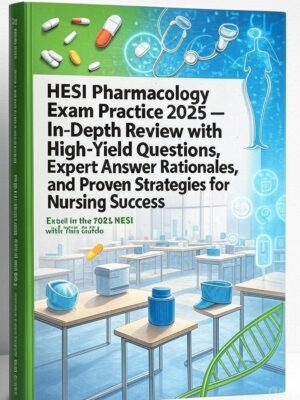
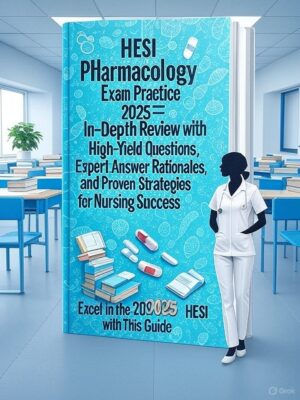





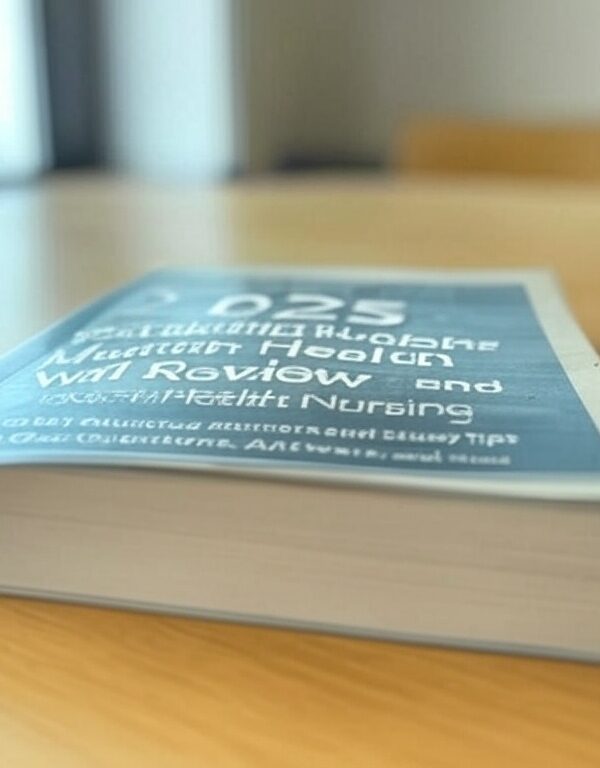
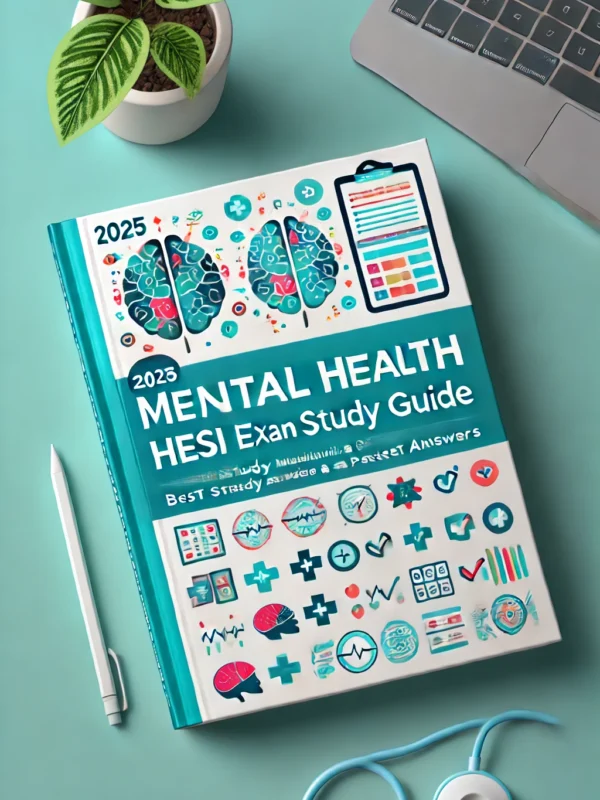
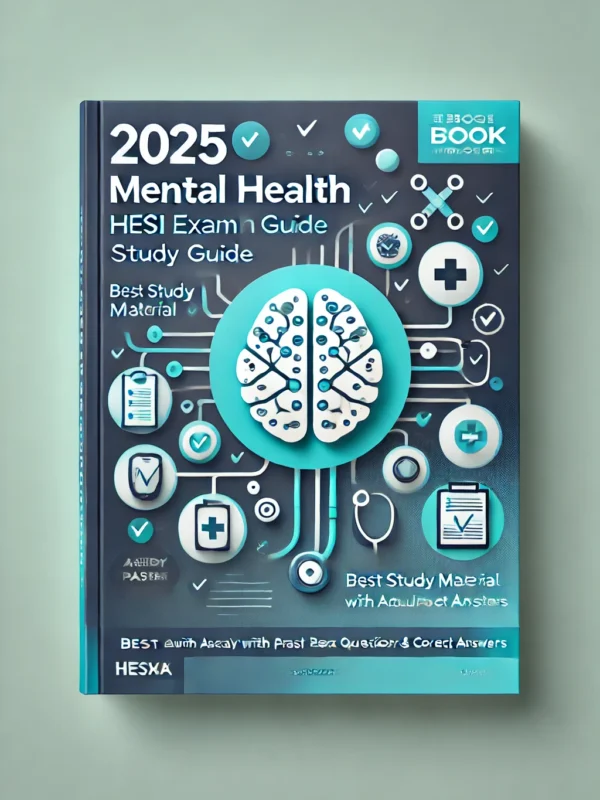


Reviews
There are no reviews yet.